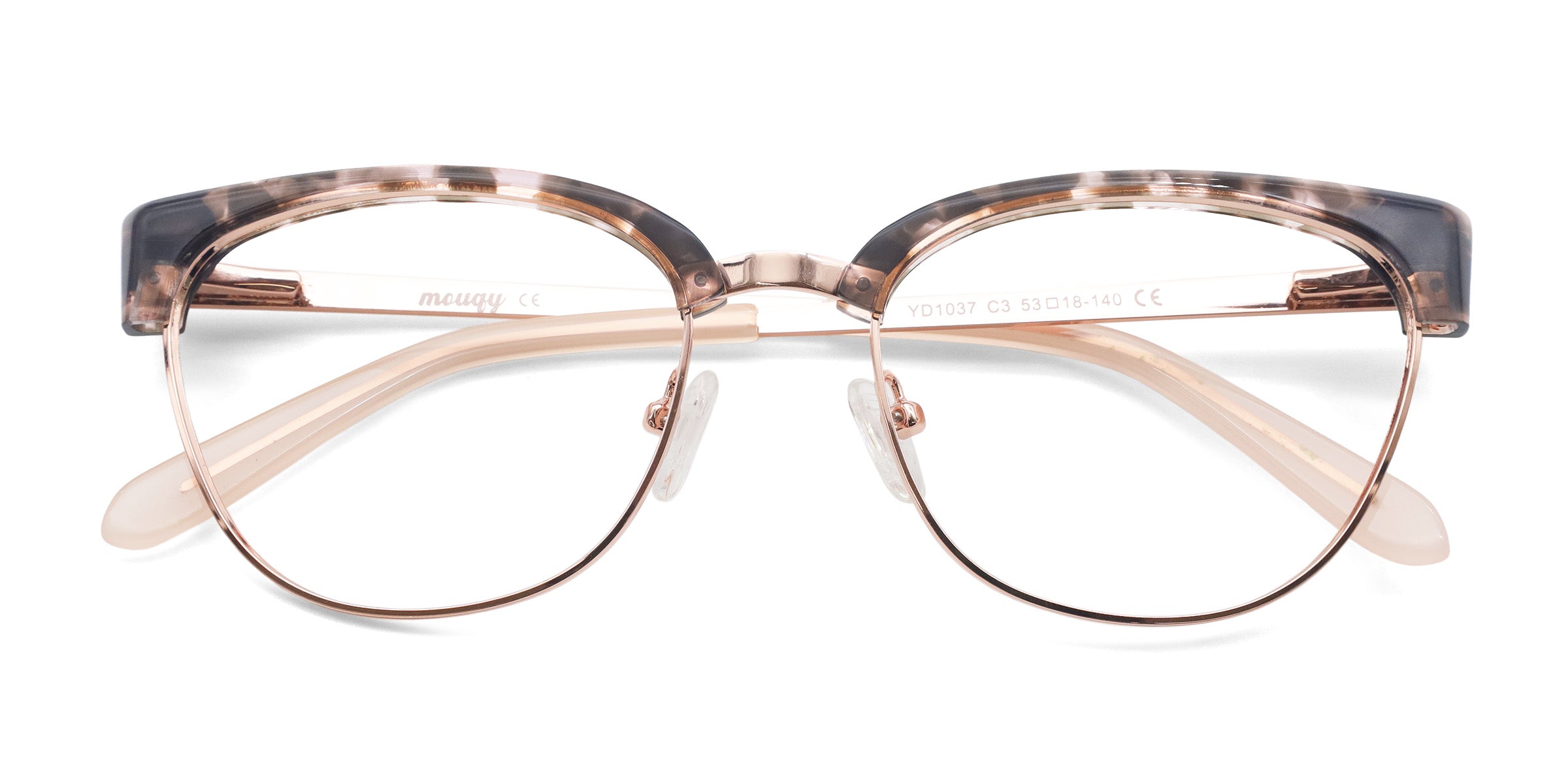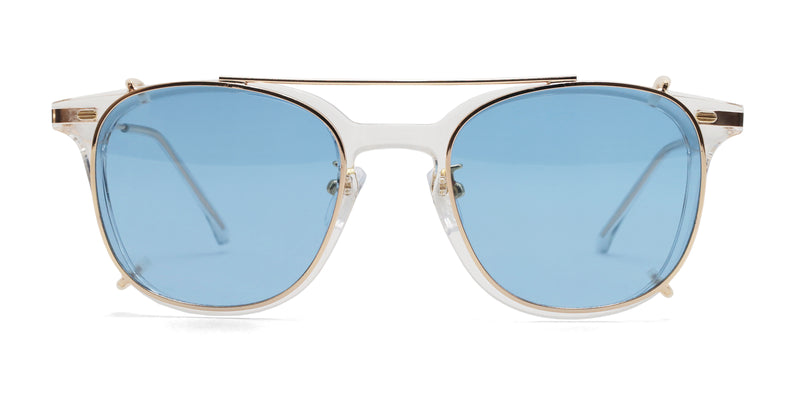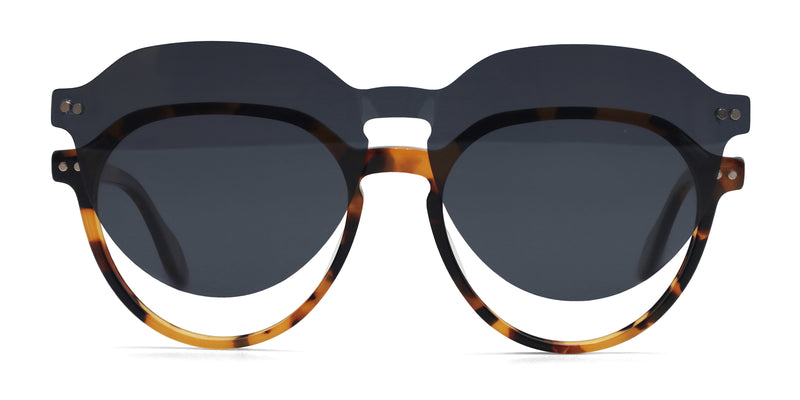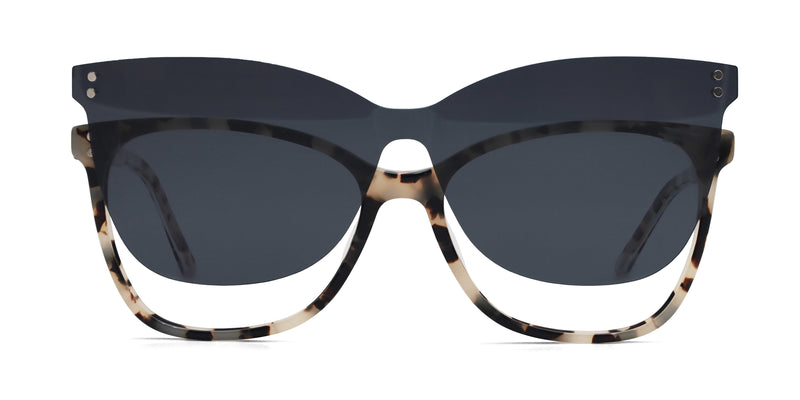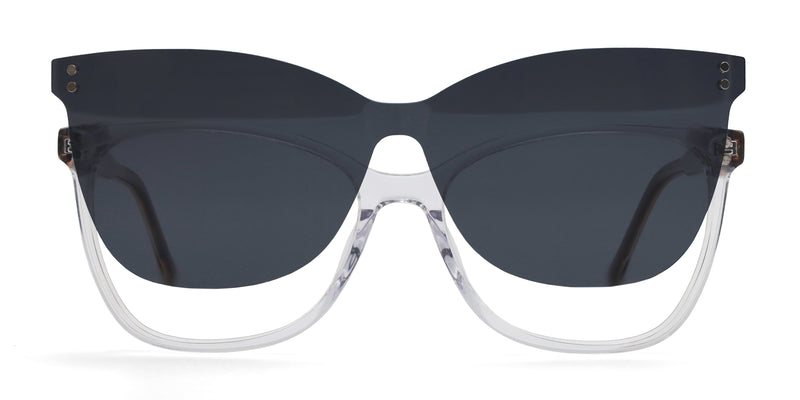What are the Best and Worst Light Sources for Your Eyes?
Our eyes are exposed to light all the time.
It’s such a regular occurrence to the point that we may not even notice how it affects our eyesight as time goes by.
However, light doesn’t just have an effect on your eye health, but your daily life too.
On that note, let’s talk about the types of light sources that are the best and the worst for your eyes.
What is light (baby don’t hurt me)
What is existence without light?
We all know how light benefits us every day, but what is it exactly?
In basic terms, light is a form of electromagnetic radiation that the human eye can see. It travels in waves, and these waves carry energy that makes everything visible.
Without it, we’ll literally be in the dark.
If you look at anything and anywhere right now, you’ll notice different types of light sources.
There are too many of them to mention, so let’s name some of the common examples:
- Incandescent bulbs
- LED lighting
- Full spectrum lighting
- Natural Light
How light sources can affect your eye health
Eye health researchers have observed the following effects of different light sources on your eyes:
- The blue light from fluorescent bulbs and LED lighting can cause eyestrain and fatigue.
- Blue light can also disrupt your sleep cycle, as being exposed to it before bedtime could fool your body into thinking it’s still daytime.
- Going out in direct sunlight without protective eyewear like sunglasses can damage one’s eyes and heighten the risk of developing cataracts, photokeratitis, and macular degeneration.
The best light sources for your eye health
1. Incandescent warm bulbs
Generally speaking, soft and warm light is easy on the eyes.
It also makes a space look more appealing and inviting.
For these reasons, interior designers often use incandescent warm bulbs in the living room, dining room, or bedroom.
If you have a preferred space in your home to relax and wind down, adding warm light to it can create that ambience.
This type of light bulb also emits fewer UV rays, compared to bright white bulbs.
They’re pretty cheap too, although they’re not the most energy-efficient on this list.
If you opt for incandescent warm bulbs, be prepared for them to cost you a little more in the long run.
2. LED bulbs (no UV rays)
Nothing says ‘energy-efficient’ like LED bulbs.
As such, they can save you a lot of money on your power bill in the long run.
Plus, LED bulbs emit zero UV rays, making them the perfect light source for your eyes.
LED bulbs also come in different hues like cool white and soft white.
You’re most likely to see them in kitchens, garages, and workspaces.
In a 2021 study, researchers found that cool white lights can stimulate focus in the workspace.[1]
The only slight catch with LED lighting is that it can cost a hefty price.
While it saves you a lot of money in the long run, LED bulbs are usually the most expensive option to shop for.
3. CFL bulbs
If you’re looking for a light source that’s both energy-saving and affordable, why not try CFL bulbs?
These emit fewer UV rays and consume less energy, compared to incandescent and fluorescent light bulbs.
Also known as compact fluorescent bulbs, these come in different color temperatures, sizes, and wattages.
However, take note that CFL bulbs contain a tiny amount of mercury.
No need to fret though, since its mercury level is so low that it won’t harm any adults.[2]
4. Full spectrum lighting
Full spectrum lighting is great for people who need color accuracy in their work, like artists. How so?
It’s because an object’s color can look different under different light sources.
Under full spectrum lighting, you can see colors the way they’re supposed to look.
If you work in photography and graphic arts, this option is perfect for you.
5. Filtered natural light
Being exposed to a certain amount of daylight is good for your health.
However, if you don’t want to deal with harmful UV rays, look into getting filtered natural light instead.
Studies have shown that filtered natural light is excellent for working people, as it allows them to focus and perform better.
Your body clock also responds better to natural light, making you more energetic at peak working times of the day.
The worst light sources and why you should avoid them
1. Fluorescent bulbs
It’s no secret that fluorescent bulbs emit the most UV rays than any other artificial light source.
They’re pretty bad for your eyes too, since they cause eyestrain and fatigue.
2. Direct sunlight
Direct sunlight doesn’t only burn your skin, it damages your eyes too.
Among many others, it puts you at risk of eye cancer, cataracts, and macular degeneration.
In severe cases, direct sunlight can even lead to blindness.
3. Blue-light sources
Overexposure to blue-light emitting digital screens can lead to dry eyes, damage cells in your retina, as well as cause vision problems like age-related macular degeneration.
Minimizing the impact of bad light sources
Wear sunglasses outside
When it’s hot and sunny outside, don’t go out without a pair of sunglasses.
It’s one of the most basic yet effective ways to protect your eyes, aside from a wide-brimmed hat.
You can even go for multi-purpose glasses, such as our Swift frames.
This pair comes with clip-on tinted lenses, so you can easily transition them from prescription specs to sunnies.
Use glasses with blue light filters
If you’re attached to your phone or laptop, the least that you can do is protect your eyes with blue light glasses.
These special spectacles from Mouqy have blue light filters integrated into the lenses.
By wearing them, you can reduce common side effects like fatigue, headaches, neck aches and eyestrain.
Here’s one of the newest designs from our blue light range:
Use dark mode on mobile devices
You can reduce the glare from your mobile devices by using dark mode, especially during the night.
Doing so helps you squint less and minimizes the effects of blue light on your eyes.
Adjusting screen brightness
Look at the time and where you are, then adjust your screen brightness accordingly.
For instance, if you’re outside in the daytime, it’s fine for your phone to be in full brightness mode.
However, it’s best to dial down the brightness at night.
To save time, look into activating your phone’s auto-brightness feature, which adjusts your screen brightness according to your environment.
The best light sources make all the difference
As you can now see, the light you surround yourself with can either complement or disrupt the balance of your life.
It can also affect your eye health, with the repercussions sometimes being undetectable until it’s too late.
Now that you know the best light sources for your eyes, the next step in keeping your eyes healthy is to get regular eye exams.
And of course, if you enjoyed this content, do check out Mouqy’s blog for more!
References
- “Effect of warm/cool white lights on visual perception and mood in warm/cool color environments”, Shahidi R, Golmohammadi R, Babamiri M, Faradmal J, Aliabadi M. (2021)
- “Mercury in Compact Fluorescent Lamps”, European Commission.

Written by:
Jamie Mendiola























